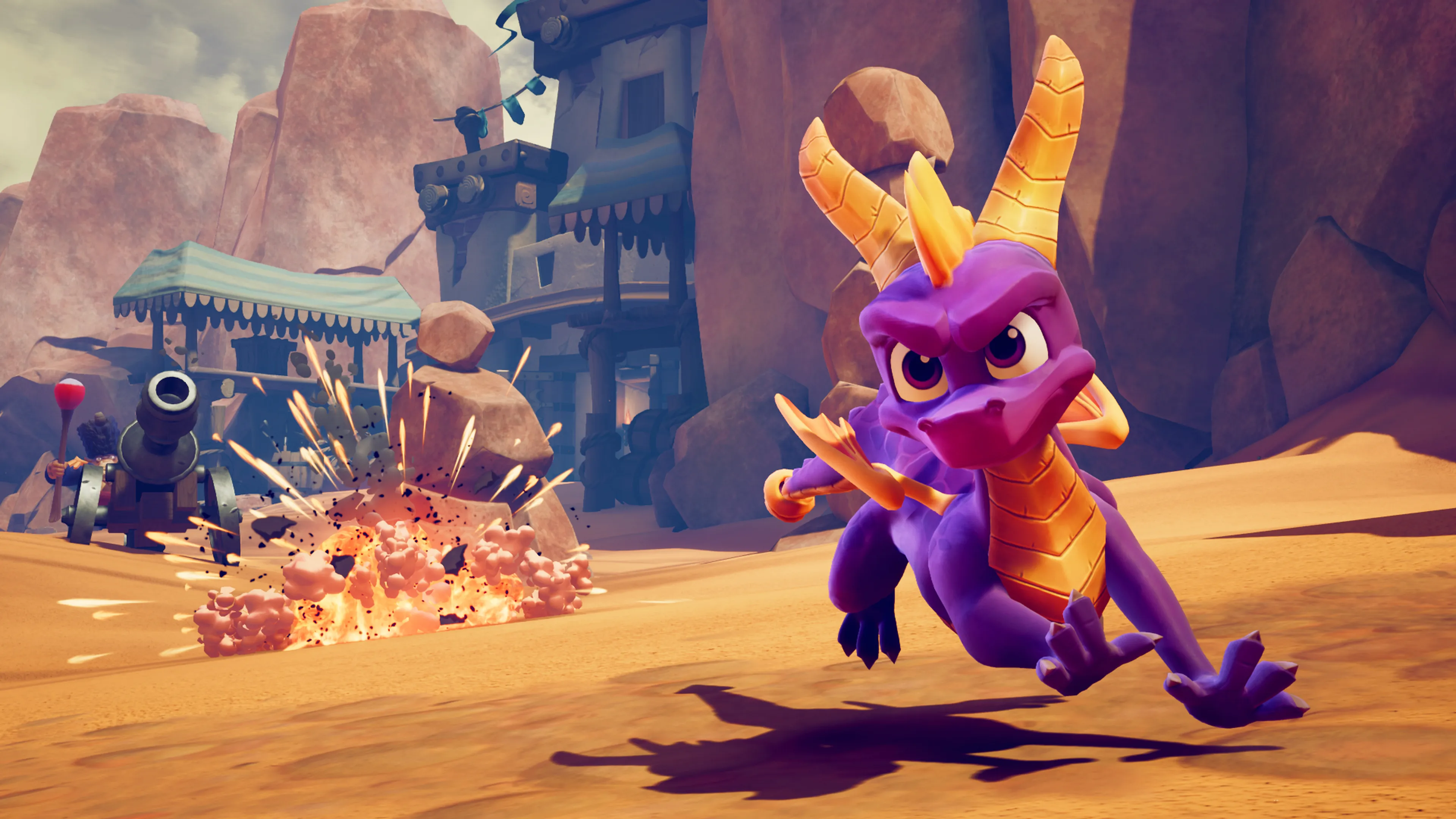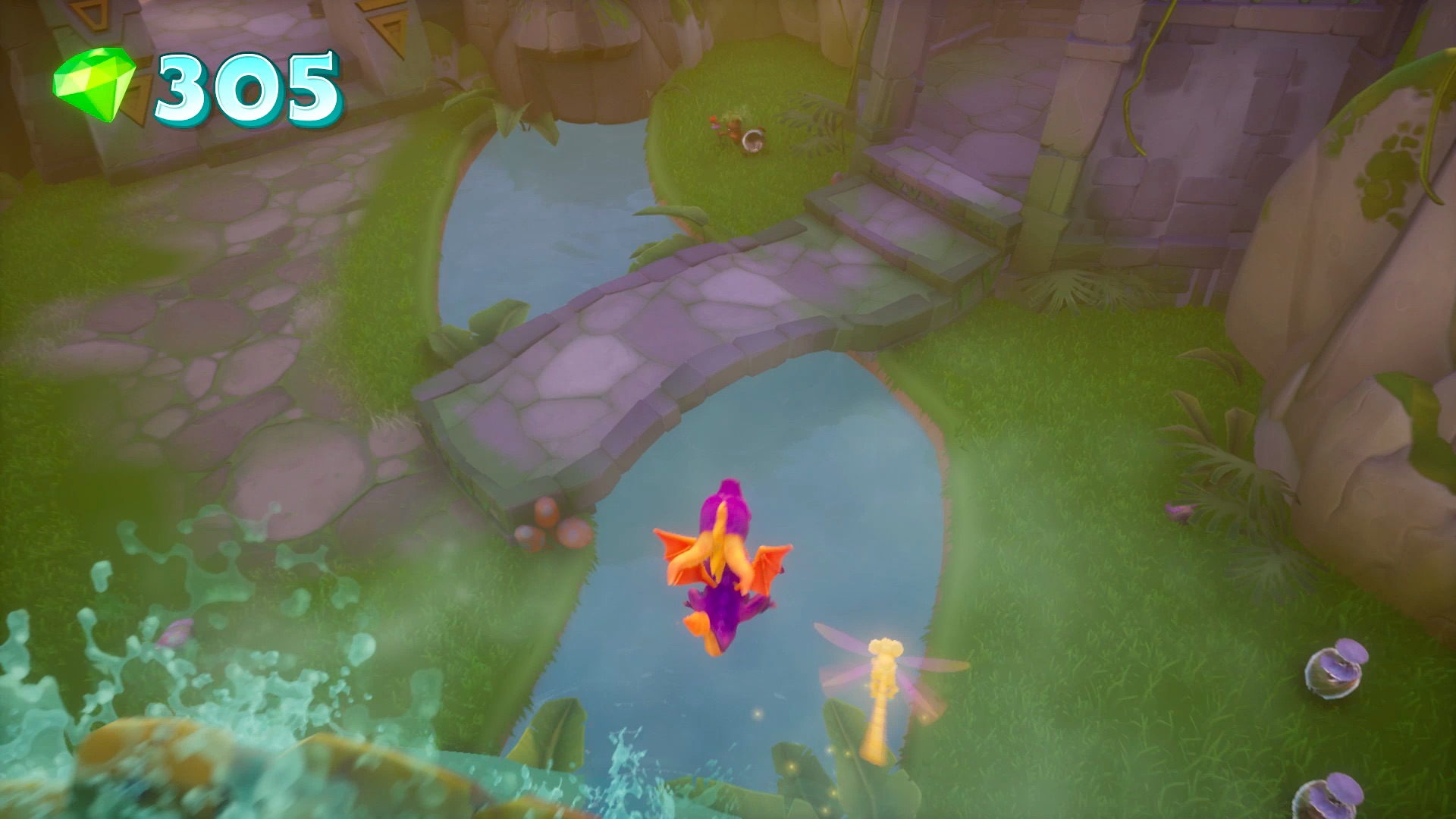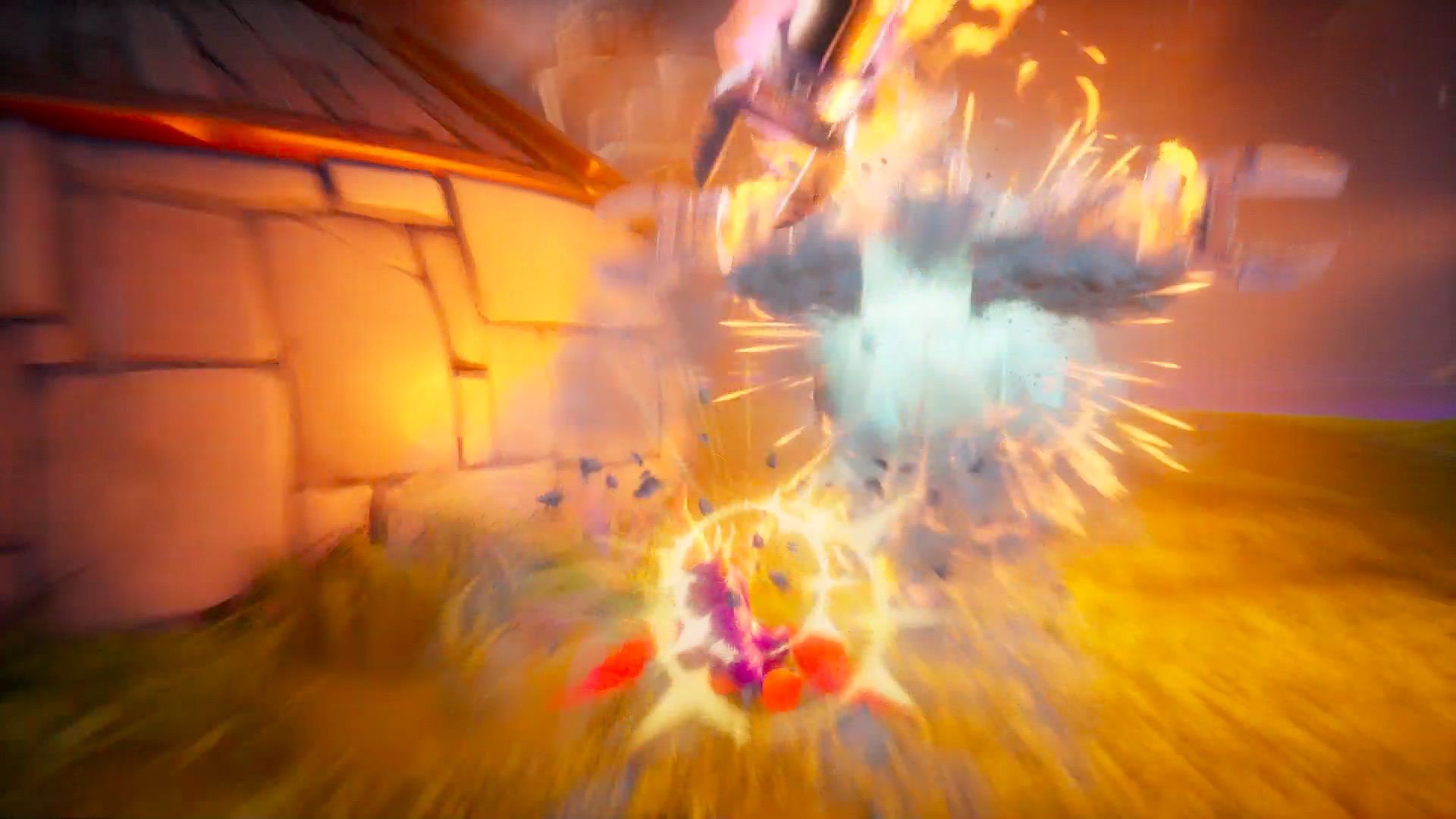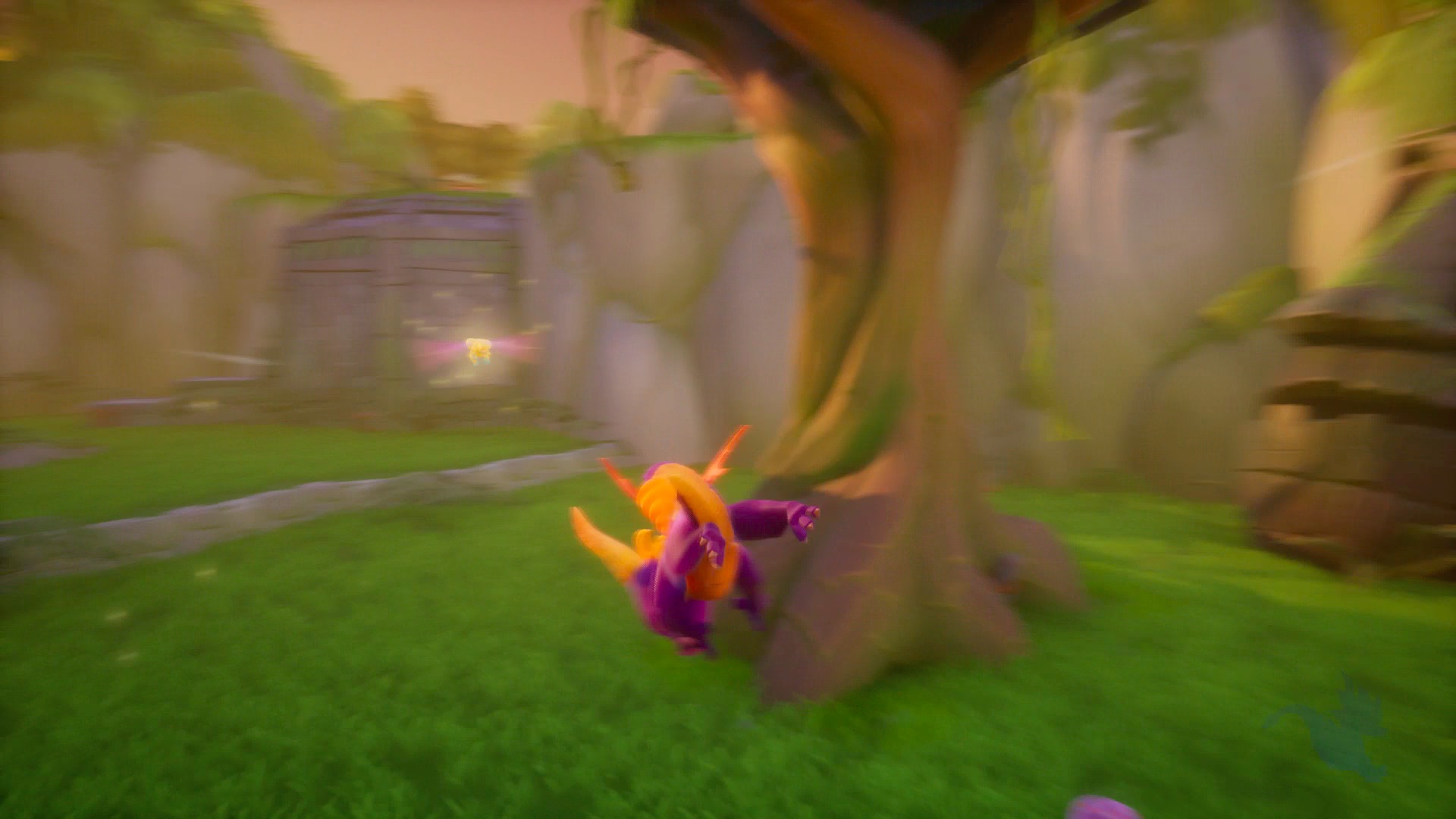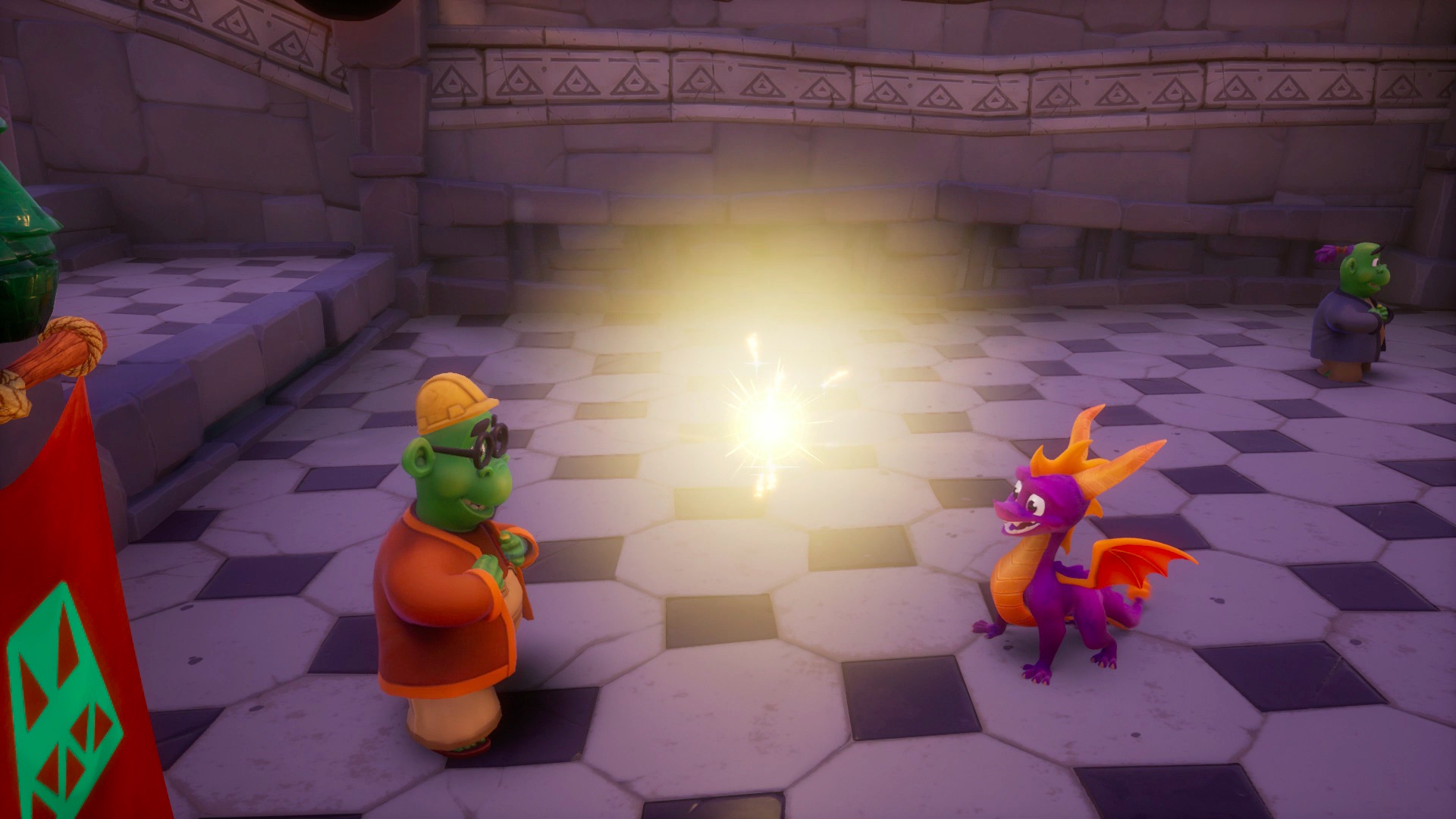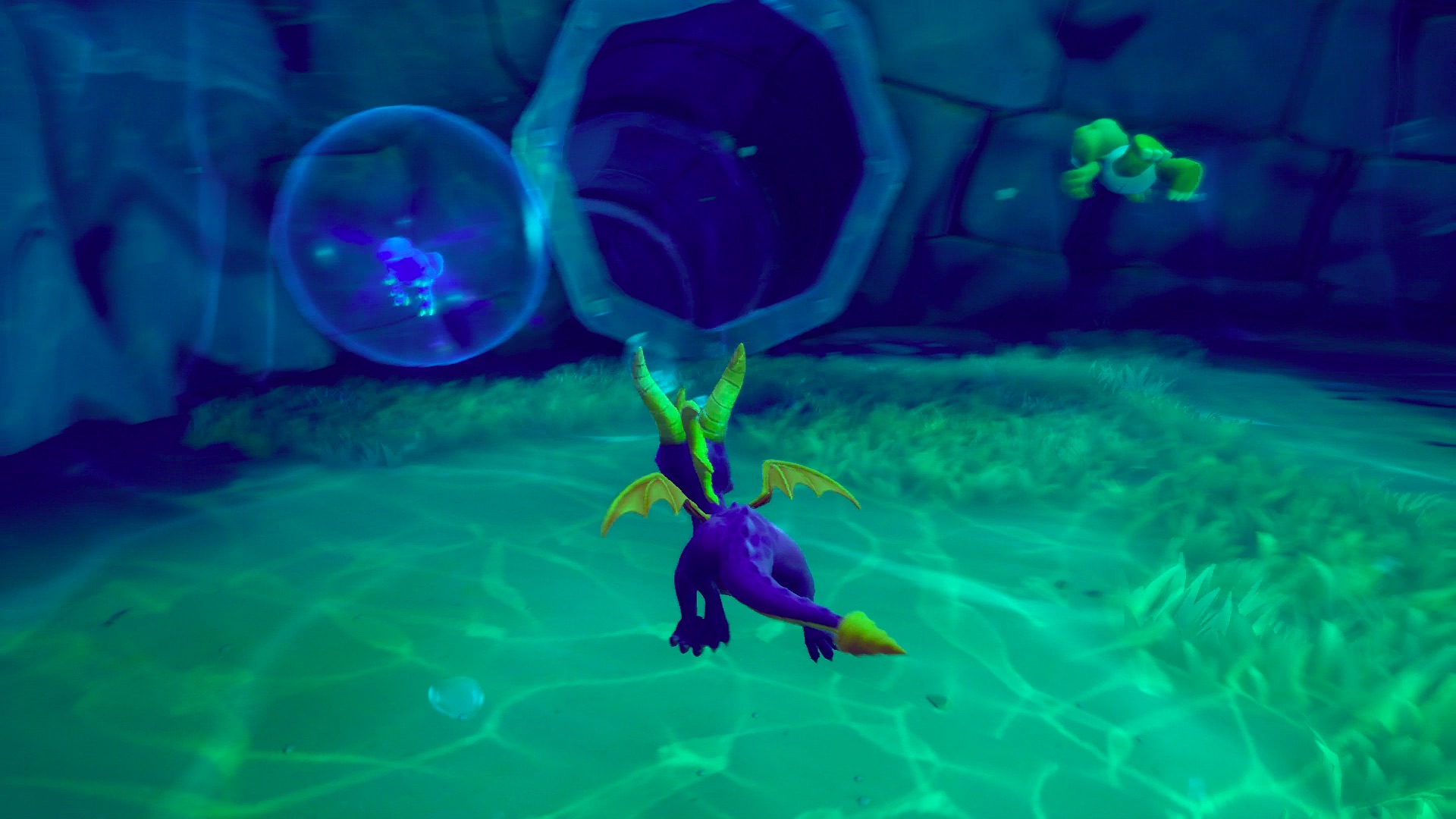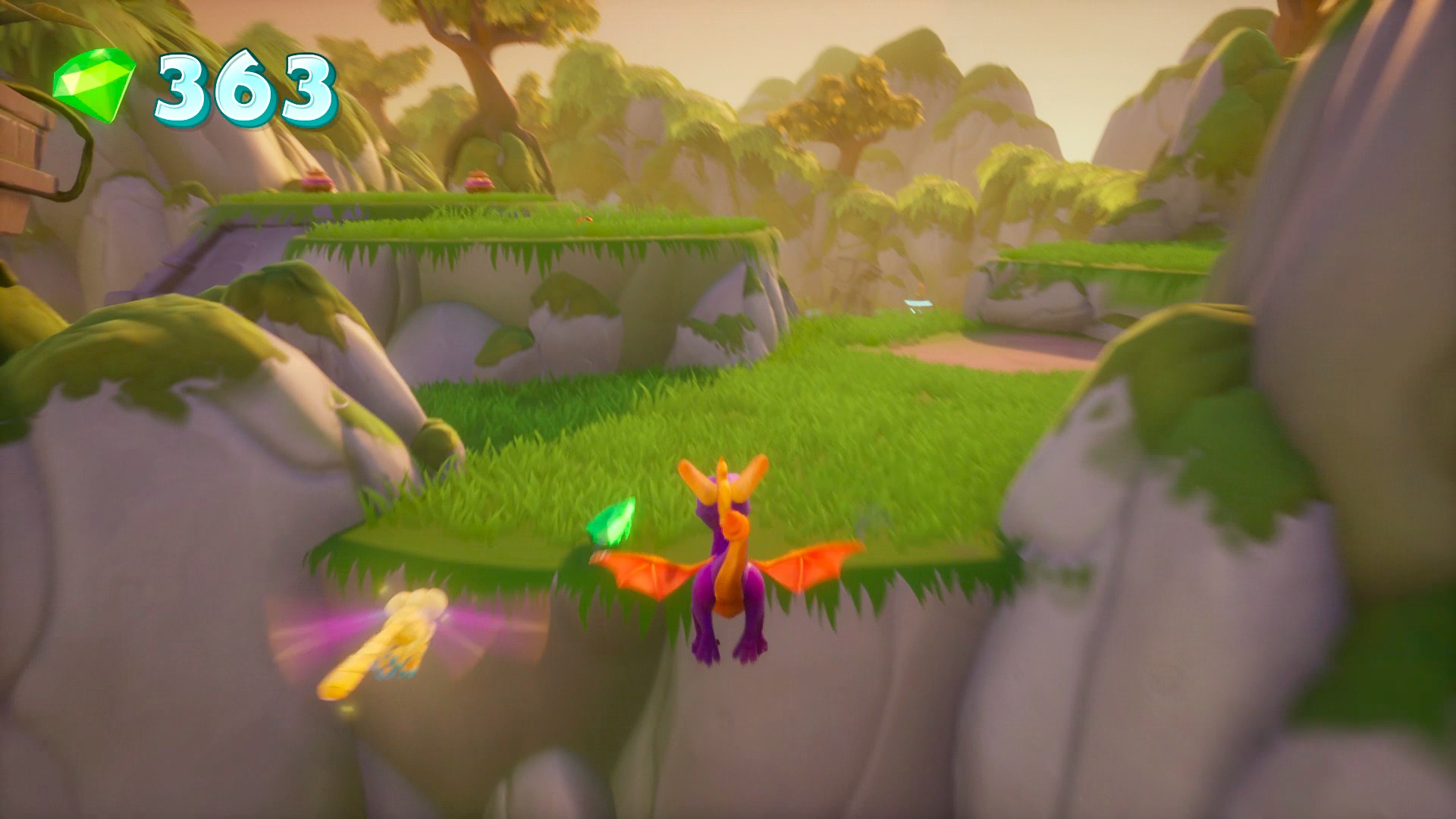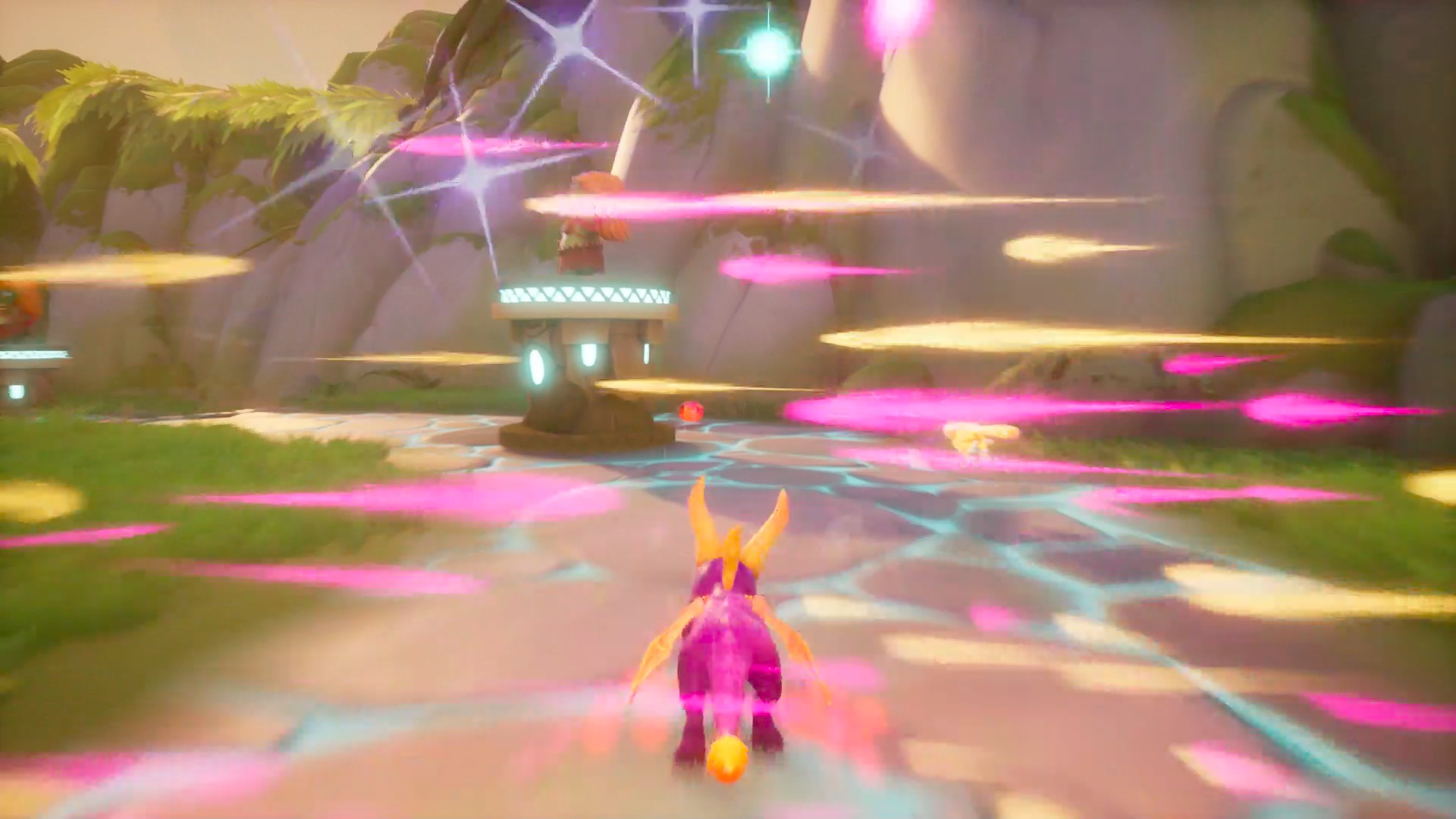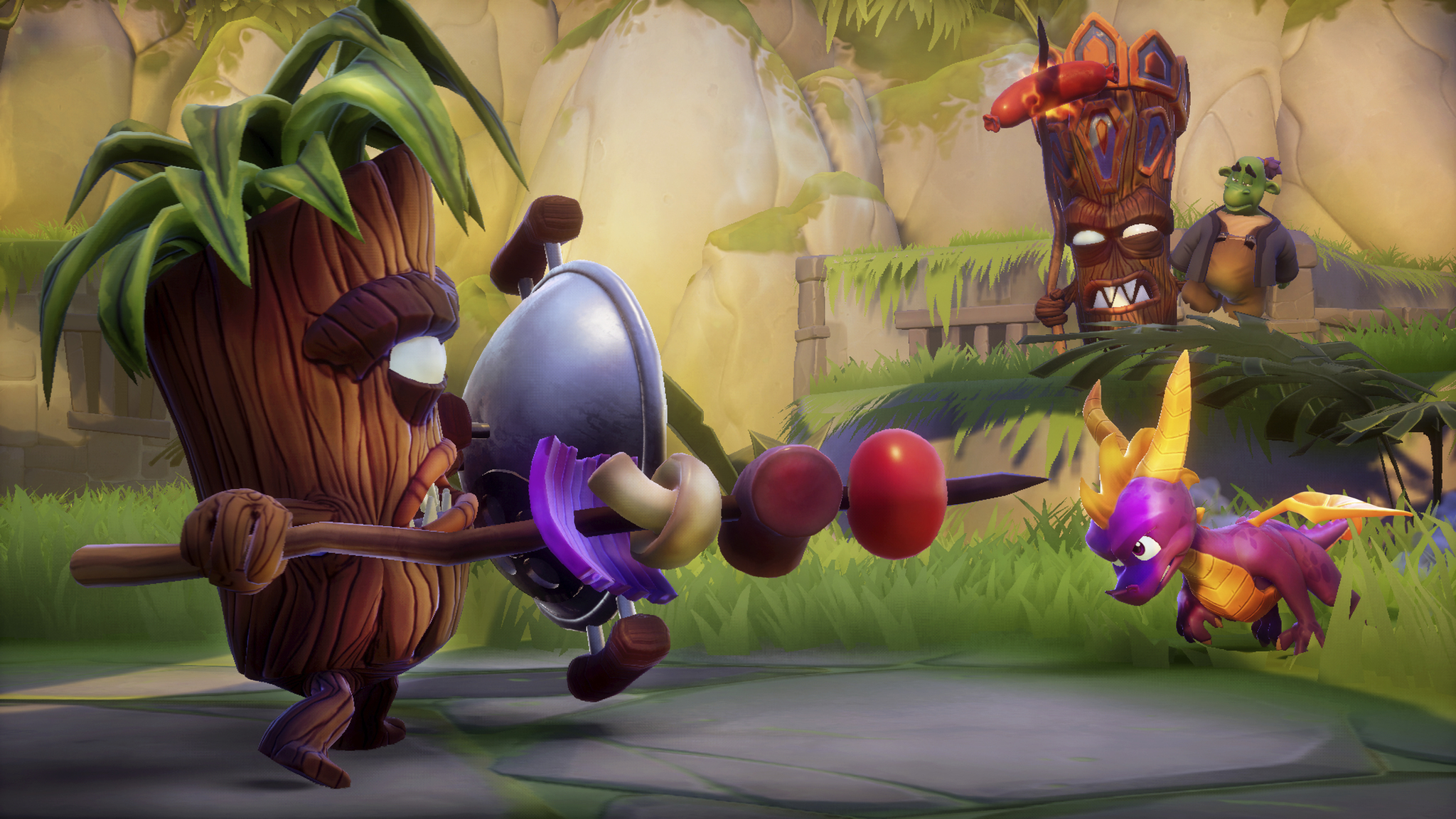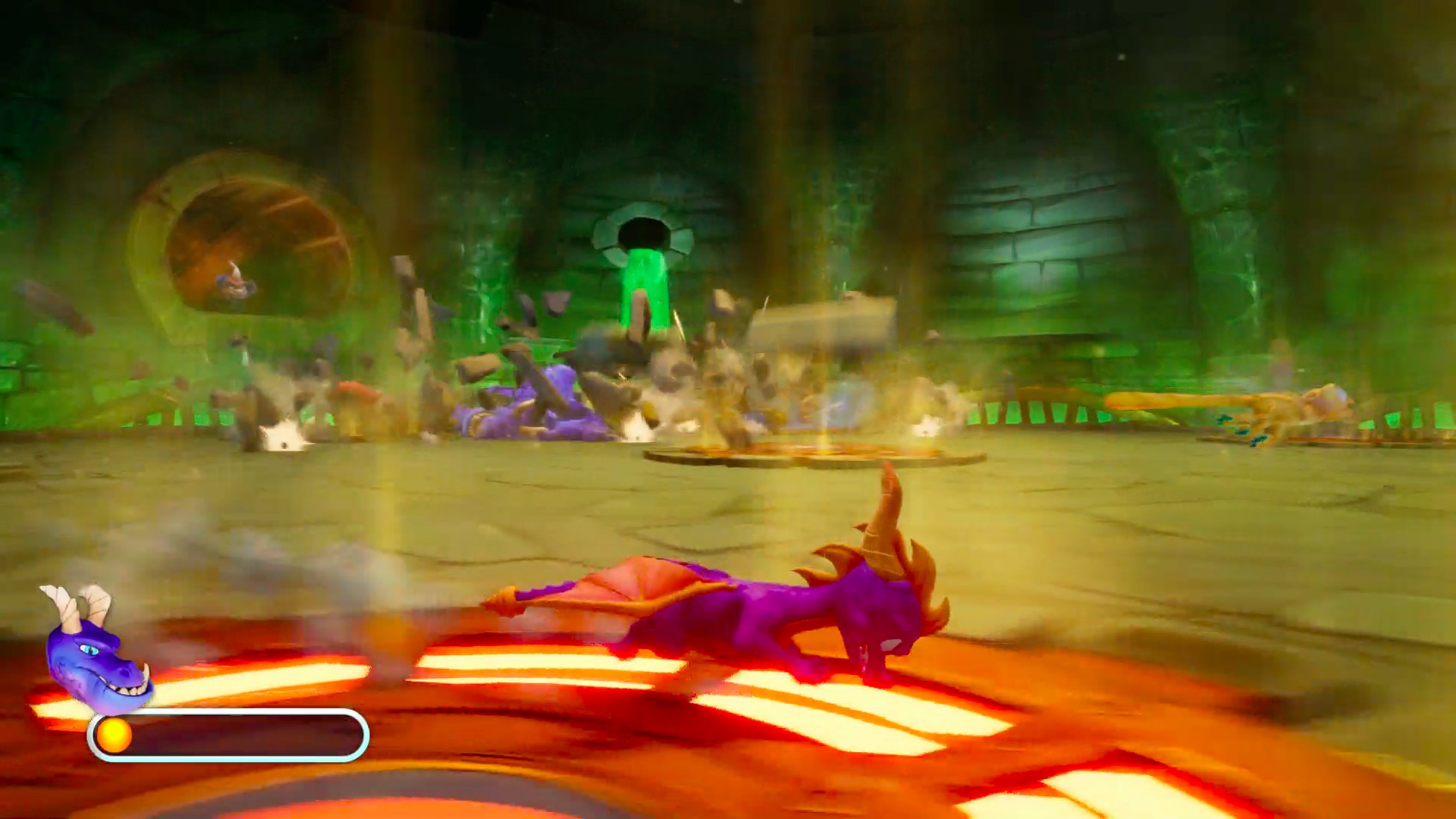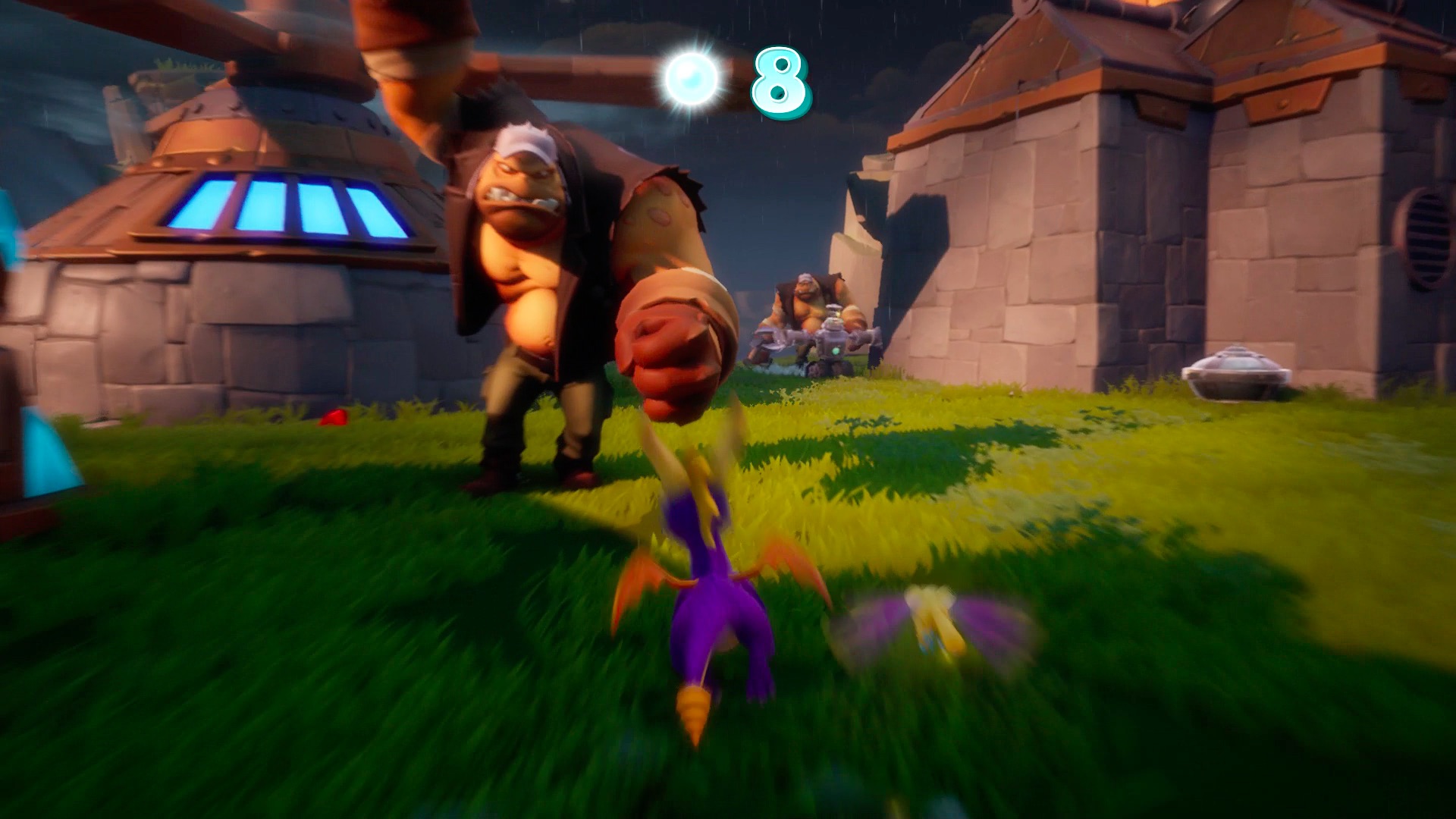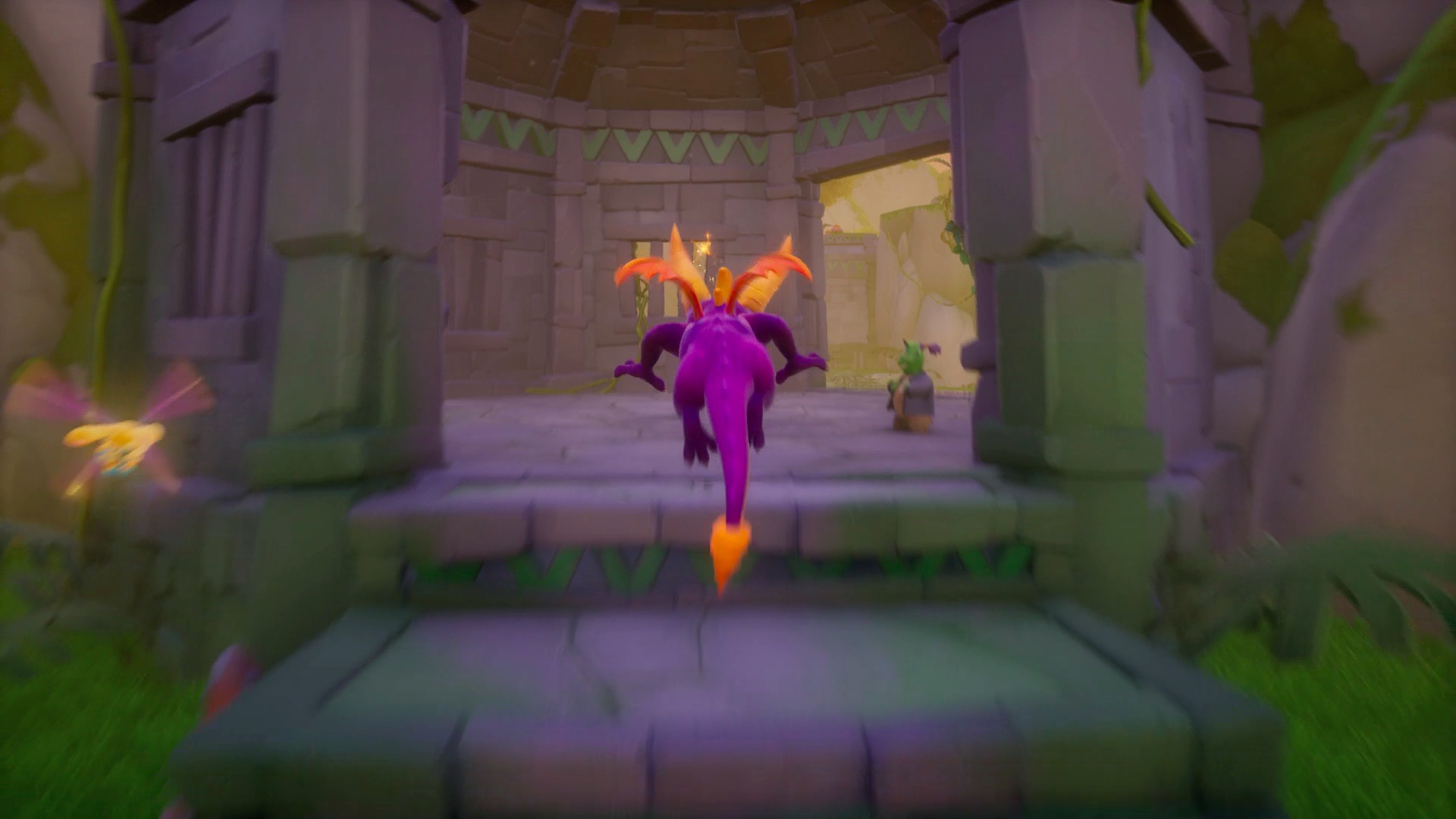Out of all the many recent remastered collections, I was looking forward to Spyro Reignited Trilogy the most. Spyro the Dragon originally debuted on the original PlayStation at the perfect age for me as a kid, so I have fond memories of gliding around the polygonal worlds, breathing fire at a smattering of enemies big and small, and collecting every gem in sight. In the lead-up to the collection developed by Toys for Bob — the studio who worked on Crash Bandicoot N. Sane Trilogy for Switch — there was reason to think the reincarnation of the charmingly diminutive purple dragon would deliver. Each of the games in the original trilogy received a fresh coat of sparkling paint, making them look the part of a modern game. As they say, looks can deceive.
When I removed my nostalgia glasses, one prevailing feeling washed over me. Sometimes it’s better to remember games for the way they made you feel at that specific moment in time. Spyro Reignited Trilogy is very pretty, but it’s also a relic of a genre that has since greatly evolved.
Faithful to a fault
If you’ve played the original trilogy before, then this collection will be very familiar. Everything from world design to controls to collectibles to dialogue remains exactly the same as the late-’90s titles. Although the original games were deemed some of the best of the era by many — including myself — this familiarity ultimately hurts the remastered collection.
At first, the faithful recreation of the platforming trilogy as fans remembered it charmed me. Though it only took a couple of hours with each of the three games for that charm to wear off.
It’s great to see Spyro without all of the jagged polygonal edges, and the fairly spacious open levels have much more color and detail. Running and gliding around as Spyro through a multitude of these spruced up worlds has been a pleasurable experience for my eyes. But it’s not all that fun to play. In fact, I was often bored and frustrated.
Almost immediately, I learned that the camera movement in the Spyro Reignited Trilogy did not hold up well.
Almost immediately, I learned that the camera movement in the Spyro Reignited Trilogy is not ideal. By default, you can control the camera with the right stick like most modern platforming games. Theoretically, this should mean that you won’t encounter the terrible angles seen in ’90s 3D games. But no, these frustration perspectives, especially when turning around, are still present. Much of my time playing has been spent re-centering the camera behind Spyro. It lags behind as you turn it, and when going backwards, it’s hard to tell if you’re about to get attacked by an enemy or run into a wall.
The camera issues are compounded by controls that feel imprecise and slow. During the flying missions in the first game, I constantly had to restart because pulling up to go through a ring reacted slower than I expected. I also had problems steering Spyro into enemies while running, which led to a sort of dance where I circled around them, trying to strike — all the while messing with the camera.
Furthermore, the relative lack of direction provided by the game makes for an awkward experience. No, I’m not saying Spyro would benefit from telling you where to go at all times, but it’s jarring to free a dragon four hours into the game only to have him tell you how to glide (as if you didn’t already know how). It doesn’t help matters that each of the three games have weird difficulty spikes and lulls. Some later sections are absurdly easy while some early stages are ridiculously cheap.
All three of the games suffer from rather tedious gameplay loops. No matter the enemy, you’re always going to either ram it once or breathe fire at it to take it out. There’s not much more to the action than that. Since Spyro doesn’t have particularly interesting platforming sequences and includes very few real puzzles, the monotony of the combat is put front and center.
Shrugging off the collect-a-thon
Sure, there are many worlds to explore, a bunch of enemy types, some decent boss battles, and plenty of characters to meet throughout the trilogy, but Spyro Reignited Trilogy is really a glorified collect-a-thon. It’s not that modern games don’t still rely on the “keep collecting stuff” gameplay model — i.e. most open world games — but 3D platformers and action games have largely made collectibles an optional pursuit.
Not here, though. Making progress is intrinsically tied to collectibles, with your accomplishments stored in the mythical guidebook. And by progress, we mean that the percentage counter almost solely ticks up as you grab another orb, free a dragon, nab a talisman (which are often earned through collecting more things), etc. Spyro is by no means the only platforming series to be so heavily invested in collecting pointless objects, but it comes off as one of the worst offenders here, mainly because there’s not much exciting happening in the space it takes you to move from one collectible to the next.
The collect-a-thon slog is most pronounced in the original, as most worlds have little to no other activities besides collecting stuff. At the very least, Spyro 2: Ripto’s Rage and Spyro 3: Year of the Dragon introduce more objectives into play en route to earning collectibles. For instance, there’s a hockey mini-game in Spyro 2 that nets you an orb. While these events occasionally excite, most of them feel under-developed and shallow.
Ideal for kids
If you’ve read to this point, you can probably tell I’m not too fond of Spyro Reignited Trilogy. Still, these games set up well for kids who are just getting into video games. My seven-year-old daughter watched me play for hours and enjoyed every second of it. When I handed her the controller, she relished in running around the fanciful worlds as an adorable dragon.
My seven-year-old daughter watched me play for hours and enjoyed every second of it.
This makes sense of course. I was also seven when I first played Spyro the Dragon, and I imagine I had a similar look on my face when Spyro spit fire at a charging bull. As an adult, I’ve found it hard to see the wonder of this magical platforming trilogy on PS4. What bored me fascinated my daughter.
Even though I don’t think Spyro has aged well at all, there’s still reason to believe this series can resonate with kids. In that sense, it’s timeless.
Updated to clarify that Toys for Bob worked on the Switch version of Crash Bandicoot N. Sane Trilogy.
Editors' Recommendations
- MLB The Show 23 returns to Xbox, PlayStation, and Nintendo Switch this March
- JoJo’s Bizarre Adventure All-Star Battle R improves an already great fighting game
- Street Fighter 6 does everything it needs to as Capcom’s next grand fighting game
- Madden NFL 23’s ‘no-brainer’ cover star is John Madden
- Lego Star Wars: The Skywalker Saga isn’t just for kids





